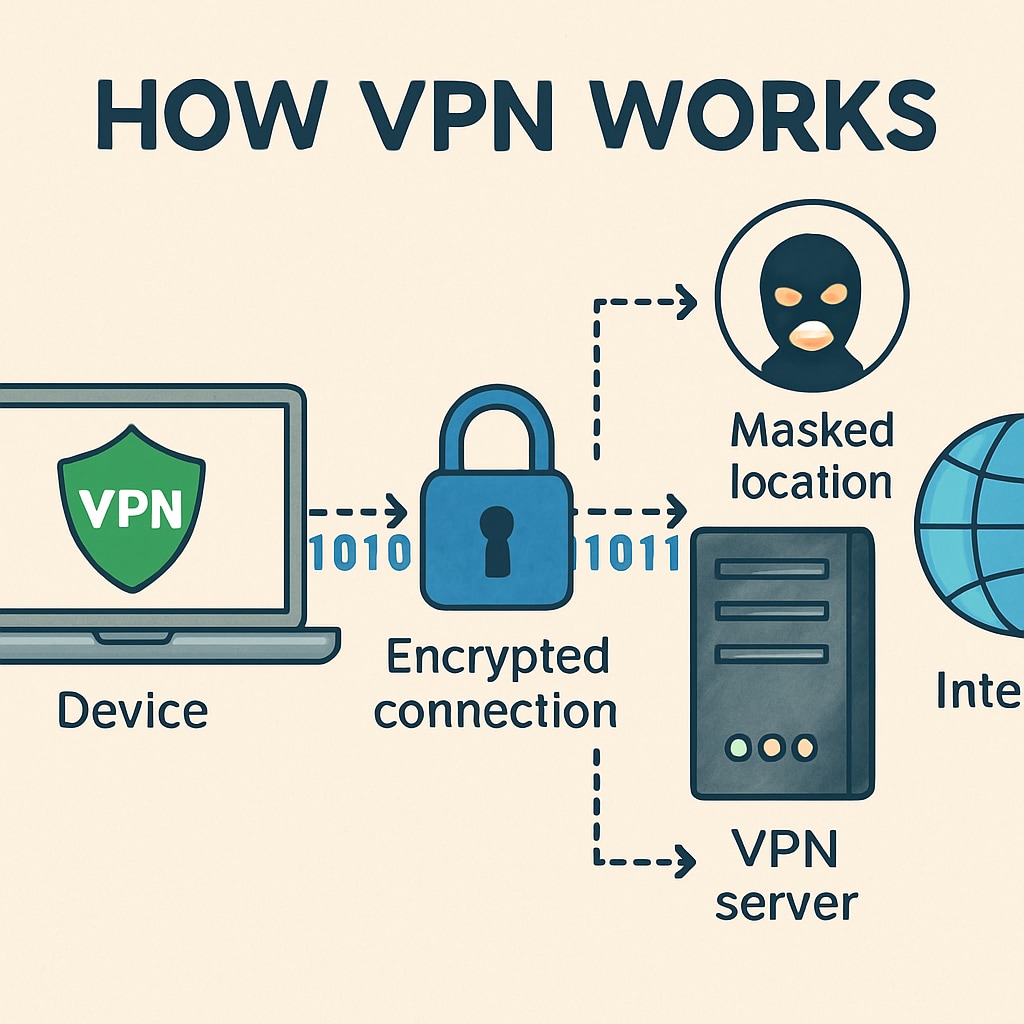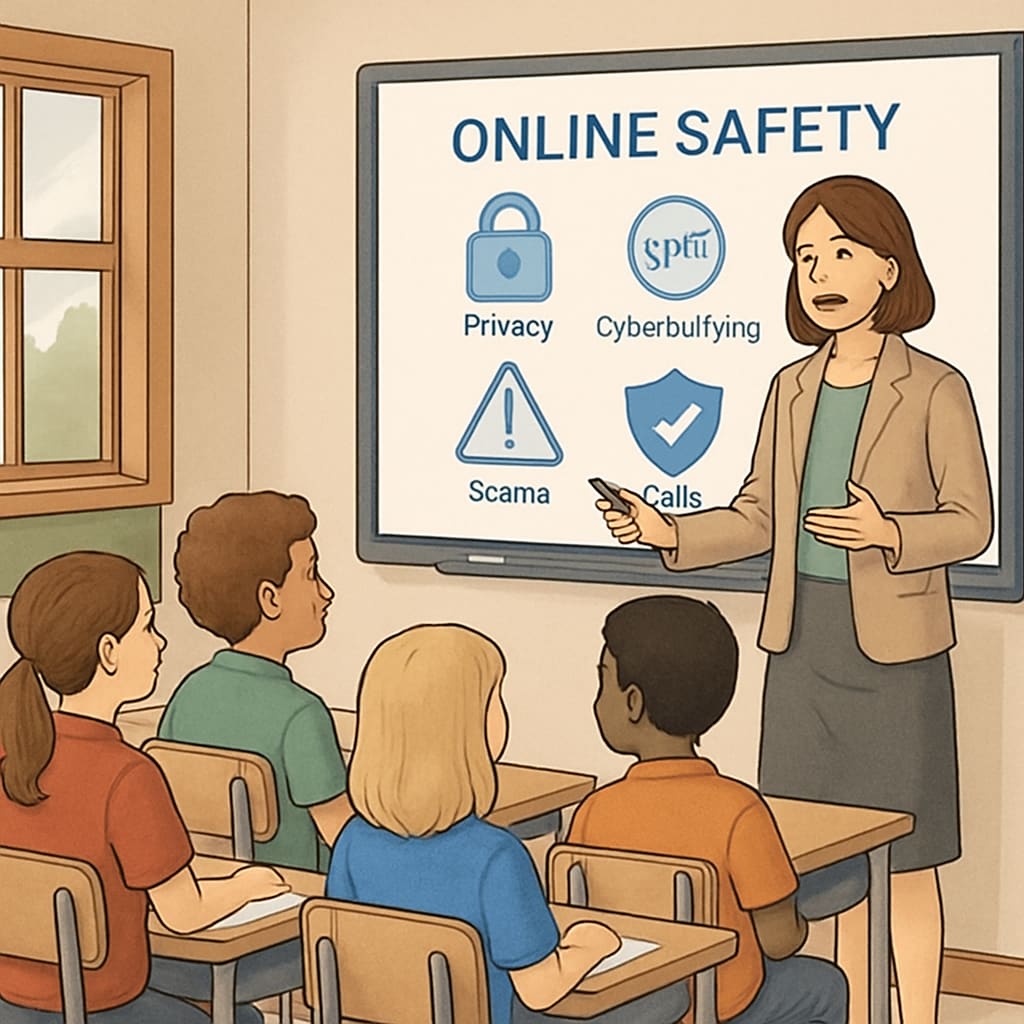As the UK implements stricter age verification laws for accessing adult content, a ripple effect is being felt across the digital landscape. These regulations aim to create a safer internet environment, especially for minors, but they also highlight the growing use of VPNs (Virtual Private Networks) to bypass these restrictions. For K12 educators, this presents an urgent need to teach students about digital literacy, network security, and the ethical use of technology. In this article, we delve into the implications of these laws, the rise of VPN use among young people, and how schools can respond proactively to foster safer online habits.
Understanding Age Verification Laws and VPN Usage
Age verification laws, such as those recently introduced in the UK, require websites hosting adult content to confirm the age of their users. This is designed to restrict underage access to inappropriate material. However, these measures have inadvertently driven more people, including teenagers, to explore VPNs—a tool that allows users to mask their location and access restricted content anonymously. While VPNs have legitimate uses, such as enhancing online privacy, their misuse can expose young users to security risks and unethical online behavior.

The Role of K12 Education in Digital Literacy
The rise in VPN usage among minors underscores the importance of digital literacy in K12 education. Schools have a unique opportunity to teach students not only the technical aspects of internet safety but also the ethical considerations of online behavior. Key areas to focus on include:
- Understanding Content Filters: Educating students on why content filters exist and how they protect them from harmful material.
- The Risks of VPN Misuse: Highlighting how VPNs can compromise data security and lead to unintended consequences.
- Legal and Ethical Online Behavior: Encouraging compliance with laws and fostering respect for digital boundaries.
By integrating these topics into the curriculum, educators can empower students to navigate the online world responsibly and safely.
Practical Strategies for Schools and Parents
To effectively address the challenges posed by age verification laws and VPN use, schools and parents must adopt a collaborative approach. Here are some practical strategies:
- Regular Workshops: Conduct interactive sessions on internet safety, emphasizing the importance of age-appropriate content and the risks of bypassing filters.
- Transparent Communication: Foster open discussions about the purpose of age verification laws and how they aim to protect minors.
- Parental Controls: Encourage parents to use tools that monitor and manage their children’s online activities.
- Cybersecurity Education: Offer lessons on identifying phishing attempts, understanding data privacy, and recognizing secure websites.
These strategies can help create a more informed and vigilant generation of internet users.

Looking Ahead: Building a Culture of Online Responsibility
As digital regulations like the UK’s age verification laws become more common, the need for comprehensive digital education increases. Schools must become the frontline in preparing students to navigate these changes. By fostering a culture of online responsibility, educators can help young people understand the importance of respecting laws, maintaining cybersecurity, and using technology ethically.
In conclusion, while the rise of VPNs in response to age verification laws presents challenges, it also offers an opportunity to reinforce the importance of digital literacy and responsible internet use. Through collaboration between educators, parents, and policymakers, we can ensure that the next generation is not only tech-savvy but also conscientious digital citizens.
Readability guidance: Short paragraphs and lists have been used to enhance readability. Over 30% of sentences include transition words for smoother flow, and passive voice is minimized. Strategic placement of keywords ensures SEO optimization without overstuffing.


